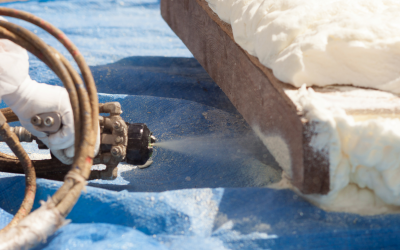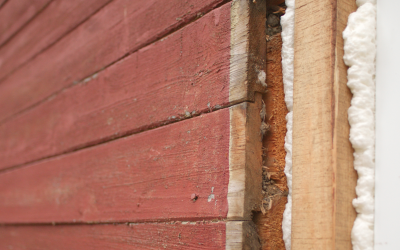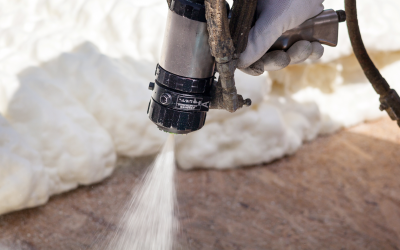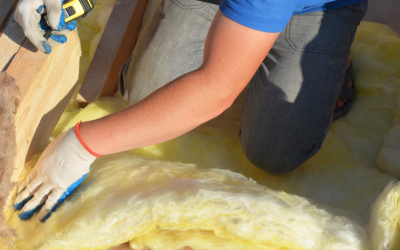Which Type of Spray Foam Insulation Is Best For You: Open-Cell vs Closed Cell Spray Foam
Last Updated on October 12, 2022 by Spray Foam Insulation Plus

You’ve picked on spray foam insulation as the perfect option for your home’s insulation, but now you are confused because you still have to make a choice. You need to choose between open-cell and closed-cell spray foam insulation. Worry not, because we have all the information you need about them in this blog. This blog will help you in making your final decision between Open-cell and closed-cell spray foam. Open-Cell vs Closed Cell Spray Foam
Foam insulation not only blocks heat flow but also blocks airflow, making your home more stable and more comfortable while also helping in lowering your energy bills. While open-cell and closed-cell spray foam insulation are both forms of spray foam insulation, they differ in many ways.
These include how they are applied, how efficient they are in homes compared to other structures, and how they perform in general. We’ll talk over some main differences between open-cell and closed-cell spray foam insulation, as well as the features that make each a good choice for your house.
Open Cell vs. Closed Cell
Let’s compare closed-cell foam vs. open-cell foam to see which form of spray foam insulation is best for you and your requirements.
For example, you could believe that closed-cell spray foam is the greatest option for your roof, but this isn’t always the case. Before we get started, it’s important to remember that both of these materials are excellent insulators and produce the air seal that will make your building more pleasant and energy-efficient.
Besides that, if you know the differences between open-cell foam and closed-cell foam, you’ll be able to choose which one would best suit your project’s requirements.
The Composition of Open Cell vs. Closed Cell
Closed-cell foam insulation is hard and thick, but open cell foam insulation is lightweight, malleable, and easy to work with.
For example, as open-cell spray foam is very malleable, it is much easier to work with if you need to install new wiring. To get it where you want it, all you have to do is take the fish tape and press it through the foam.
Although you can’t pull wiring through the closed-cell foam, the foam’s resilience is excellent when it’s left exposed. The solid structure and durability of closed-cell make it excellent for exposed walls because they won’t be damaged by machines or tools.
The difference in Expansion
The expansion rates of open-cell and closed-cell foam insulation are considerably different. Open-cell spray foam gets bigger, up to 100 times its original size. Because of this, it can get into the nooks and crannies of attics, crawl spaces, open wall cavities, and rim joists. It’s an excellent choice for home insulation.
Because closed cell spray foam is a thicker material, it expands relatively less when applied. While closed-cell foam has a slower expansion rate than spray foam, it still creates the same air barrier and provides the same great benefits. In fact, it is very dense and moisture-impermeable.
R-Value Difference
Closed-cell foam can reach 2x the R-Value of an open cell inside a normal wall. This means that closed-cell foam has a much higher R-value, thus, it has a higher insulating property. It is the best choice for strong insulating where space is limited. Its stiffness contributes to the building’s structural strength as well, and E84 fire-rated variants are also available in it. Open-cell has a lower R-value than closed-cell, but it is still a very good insulating material, with many other good properties like higher expansion.
For more information about our spray foam insulation services, feel free to contact Spray Foam Insulation Plus, the best insulation contractors in Richfield MN, today.
Open-Cell vs Closed Cell Spray Foam
Open-Cell vs Closed Cell Spray Foam
Open-Cell vs Closed Cell Spray Foam
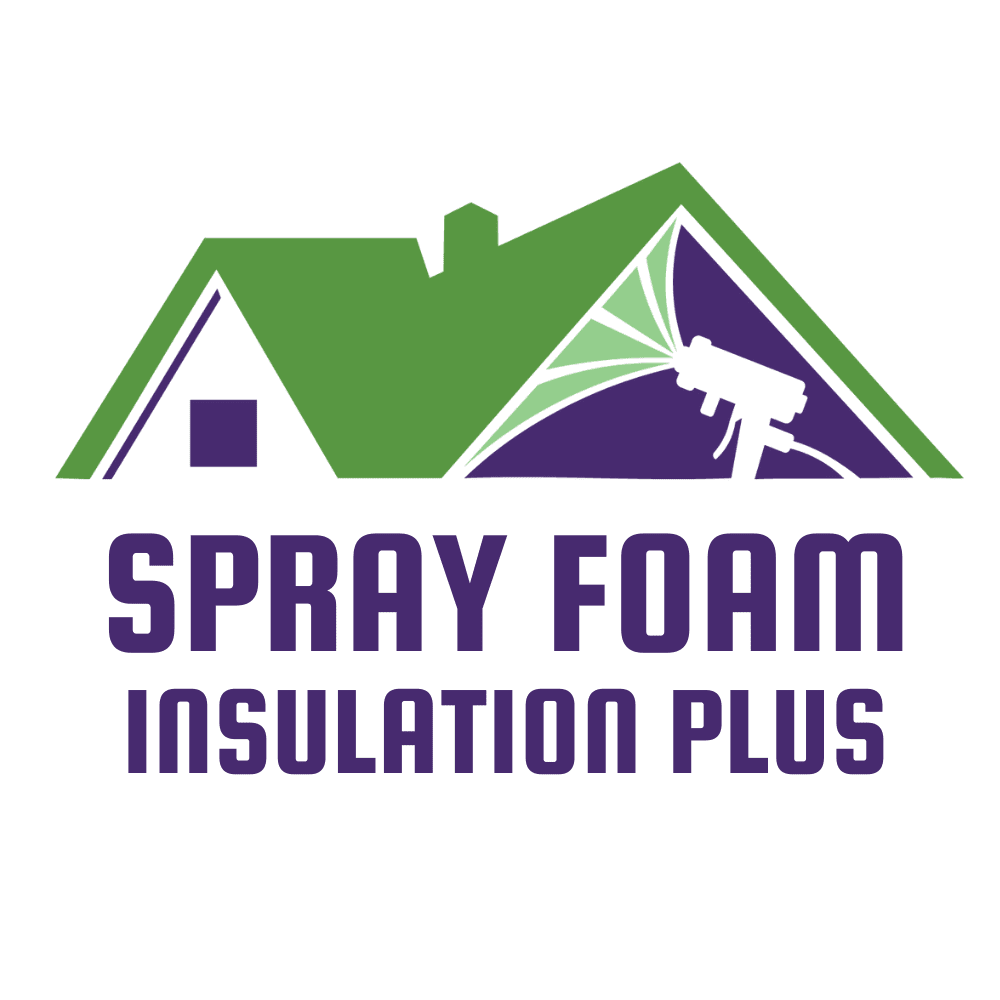
Tags
Preferred Contractors of:


